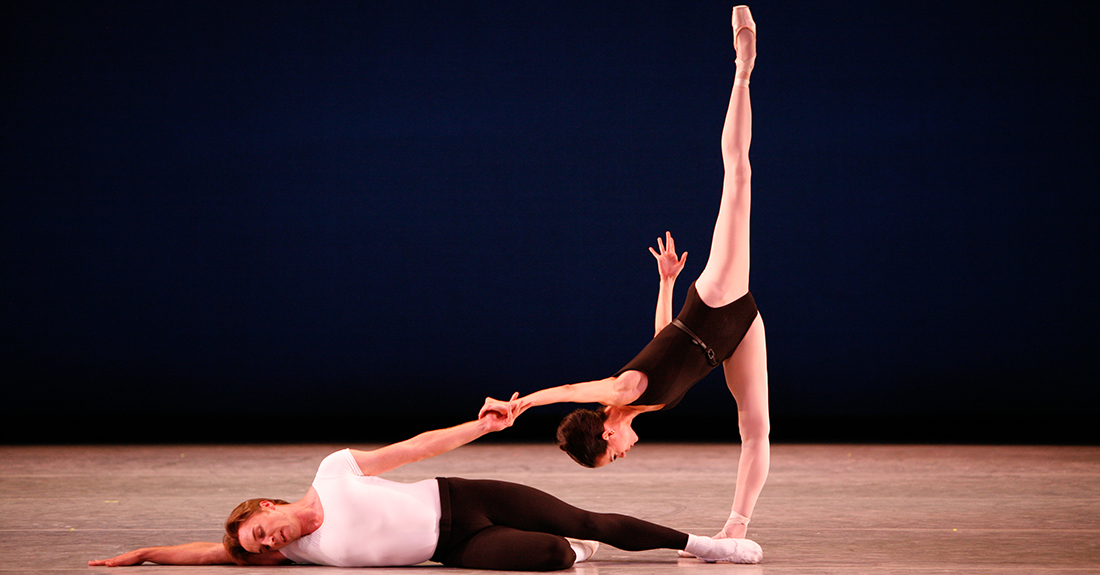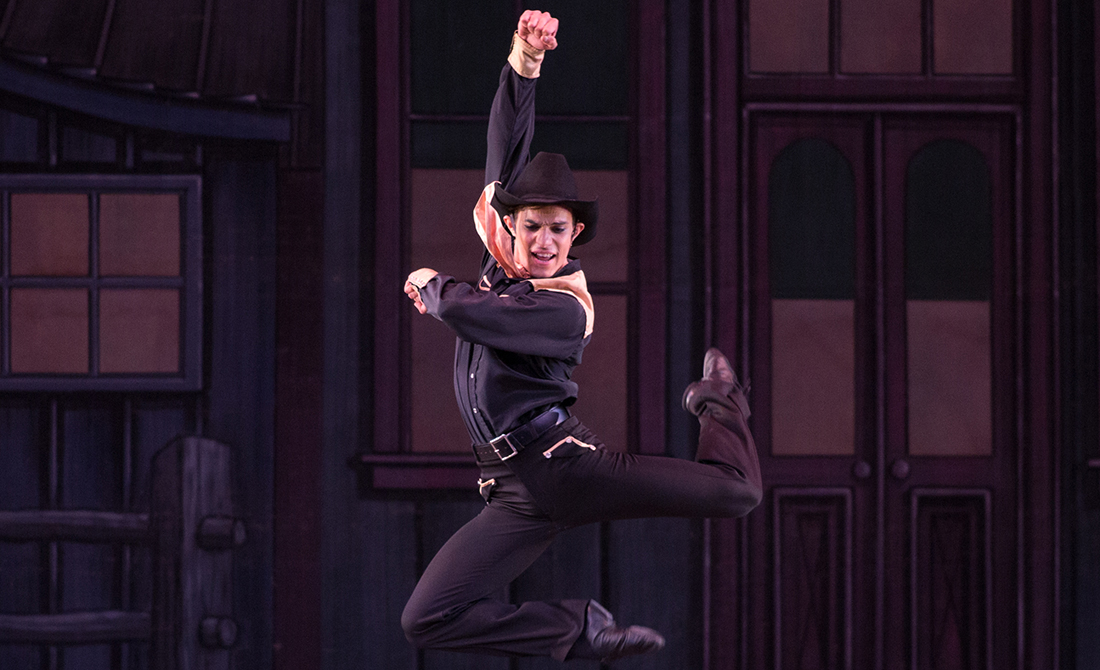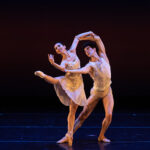Q: Why Balanchine?
A: Balanchine is heavily rooted in my background. I danced for New York City Ballet for a long time. Plus growing up in Denmark they actually performed a lot of Balanchine’s work. I continue to do a Balanchine program each year because, in my opinion, he is the number one choreographer that we have ever seen in ballet. There is no one like him; no one is as diverse as him and I don’t think there ever will be. That’s reason enough. It is a teaching tool for dancers. I watch them really grow when they dance his ballets. You continuously find something new each time you dance them. He is classical in the truest sense. He will never be out of style. He is timeless.

Q: What was it like working under Balanchine?
A: He was not a man of many words. He said very little, but he would correct. And if you were receptive, you knew what he meant. I only had the opportunity to work with him in the last years of his life. He may have been different at that time in his life than in his younger years. Once you dance a few of his ballets, they teach you everything you need to know. You learn how he works with the music, and how everything you do relates to the music in a certain way. Eventually just listening to the music tells you exactly how to do it. Other choreographers are very specific, but he has a wide margin of how you could perform them and it’s up to you to bring that out in a more chiseled way.

Q: The Balanchine Trust has strict standards as to who can stage Balanchine’s ballets, and we are fortunate to have you as one of their repetiteurs.
A: I danced for the company and when I retired in 1990, I started to stage some of his ballets as a Ballet Master. I guess I did a pretty good job (ha!). I have staged La Sonnambula, Stravinsky Violin Concerto and Allegro Brillante before, so I am able to do all of them again. I’m very critical and I don’t allow them to be performed if they do not look right. It is very time consuming to stage a ballet for the first time. Writing down all of the steps and the counts could take up to six weeks just to learn it from scratch. We watch videos but they only tell you so much initially. The earliest dated videos are the best because they are closer to the source and better reflect his intent.

Q: Tell us about one of your favorite Balanchine ballets.
A: Apollo premiered in 1928 when Balanchine was just 24 years old. Apollo is one of the earliest ballets that is still being performed. Balanchine actually taught it to me himself and it was one of the ballets I performed the most often. In my opinion, if you chose the 10 best ballets ever, Apollo would be very high on that list. It’s an unbelievable work. For a male dancer, Apollo takes you to the highest level of performance that you can experience. The score was commissioned by Stravinsky, although I don’t think they worked on it as much together as they did later in life. It was actually one of Balanchine’s first major collaborations with Stravinsky. In Balanchine’s 300+ ballets that he created, this one truly stands out. It is unlike any other. It is extremely angular in style. When you see Apollo, it is so striking and structural. There are so many images that stay with you from the way it is constructed. It is about art. It is about one million things. I think it is what art can do when it’s at the highest level.

Experience the enthralling choreography by the father of American Ballet, George Balanchine, for yourself May 11-14. Click here for more details.







